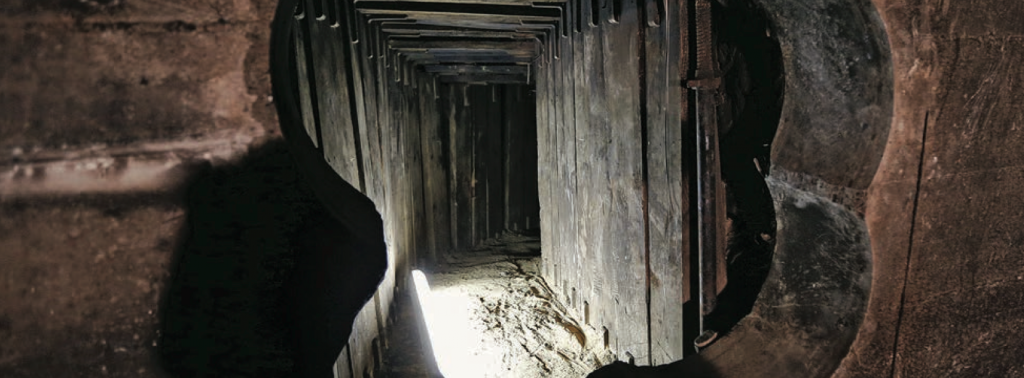A Burglar’s Guide to the City
Geoff Manaugh gives us a thief’s-eye-view of urban design
Share

A Burglar’s Guide to the City
By Geoff Manaugh
To reveal the hidden potentials of buildings and cities, we need someone who sees them another way, someone who walks through walls and uses the roof instead of the front door. Though most burglars are dull opportunists who fail to live up to this promise, this book is interested in the ones with insight into architecture.
Part historical survey, part exuberant “what if” with notes on film and architectural theory, the book is made of criminal greatest hits. There were burglars trained in architecture, like George Leonidas Leslie in 19th-century New York, who built replica vaults for his gang to practise on, and was responsible for an astonishing 80 per cent of American bank robberies at the time. And there were burglars like Jack Dakswin in Toronto, so fluent in fire code that he could deduce a plan of an apartment from a glance at the exterior stairs. There was the Hole in the Ground gang, whose L.A. bank tunnel heist in 1986 revealed the potential of an entire landscape, a buried topography of sewage pipes and creek beds. Read this book and you too, like a shivering FBI agent, might imagine a “prairie dog village” under every bank.
If every city cultivates the most appropriate crime for it, then it also grows the police force that it deserves. L.A.’s freeways and sprawl encouraged both bank robbery and the biggest police helicopter fleet in the U.S. Getting airborne and distorting your perspective seems a good way to identify the urban-plan equivalents of ventilation shafts and fire escapes—the pathways of the burglar.
Manaugh writes with a sharp eye for possible side effects of new technology. Internet-enabled electricity meters can reveal when you’re not home, social media can be mined for clues about vacation dates, networked traffic signals spoofed and GPS jammed. On the other hand, police now have radar that can see through walls, and they run architectural sting operations with honeypot apartments designed to match the profiles of specific burglars.
But if burglary requires architecture, then the definition of architecture becomes important; the book surveys the contorted history of legally recognized spaces. In some U.S. states, telephone booths, gardens, and even holes in the ground can be burgled. While Manaugh’s book admits real burglars are most often “mosquitos” of the smash and grab, it asks whether their cultural interest represents some unsatisfied relationship with architecture, an urge to be more than consumers of space or a basic human fascination with getting around the rules. Then again, we may simply want what’s inside the vault.